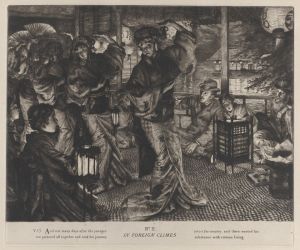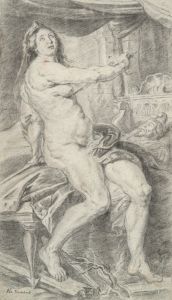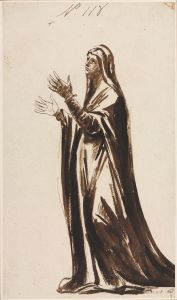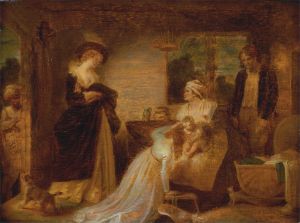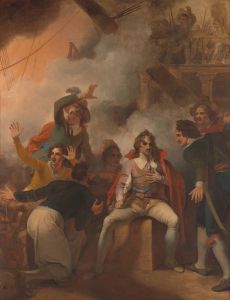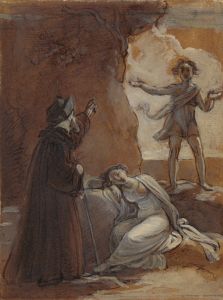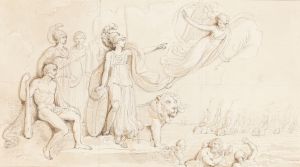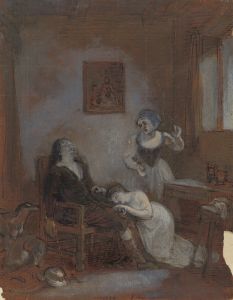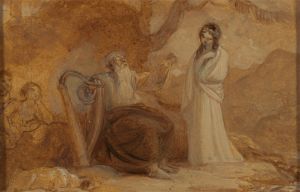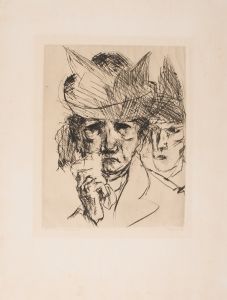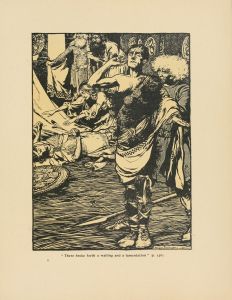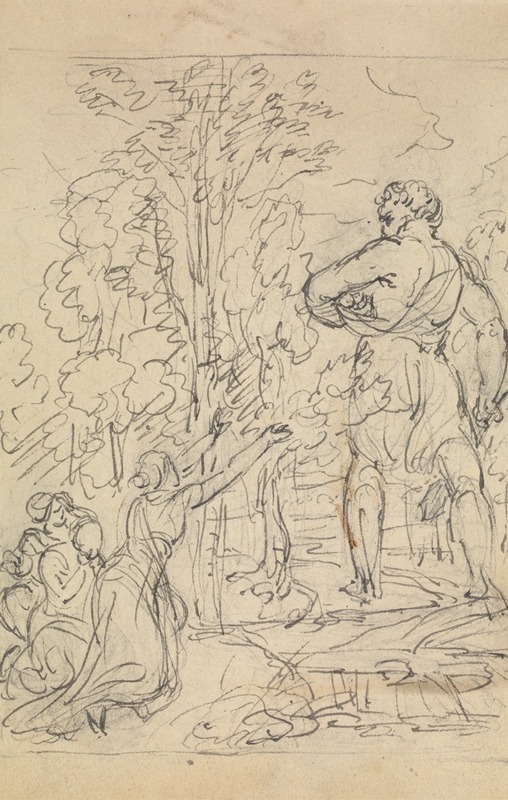
Study of a Woman, Imploring for the Return of Her Captive Child
A hand-painted replica of Robert Smirke’s masterpiece Study of a Woman, Imploring for the Return of Her Captive Child, meticulously crafted by professional artists to capture the true essence of the original. Each piece is created with museum-quality canvas and rare mineral pigments, carefully painted by experienced artists with delicate brushstrokes and rich, layered colors to perfectly recreate the texture of the original artwork. Unlike machine-printed reproductions, this hand-painted version brings the painting to life, infused with the artist’s emotions and skill in every stroke. Whether for personal collection or home decoration, it instantly elevates the artistic atmosphere of any space.
Robert Smirke's painting "Study of a Woman, Imploring for the Return of Her Captive Child" is a work that reflects the artist's engagement with themes of emotion and narrative. Smirke, an English painter and illustrator, was known for his works that often depicted scenes from literature and history, capturing the emotional depth and drama of his subjects.
The painting portrays a poignant scene of a woman in a moment of deep emotional appeal, as she implores for the return of her child who has been taken captive. This subject matter is indicative of Smirke's interest in storytelling through art, as he frequently chose themes that allowed for the exploration of human emotion and moral dilemmas.
Smirke was born in 1753 and became a prominent figure in the art world during the late 18th and early 19th centuries. He was a member of the Royal Academy, where he exhibited his works regularly. His artistic style was influenced by the neoclassical movement, which emphasized clarity, order, and balance, often drawing inspiration from classical antiquity. However, Smirke's works also incorporated elements of Romanticism, particularly in their focus on emotion and individual experience.
"Study of a Woman, Imploring for the Return of Her Captive Child" is a testament to Smirke's ability to convey complex emotional narratives. The painting likely draws on literary or historical sources, as was common in Smirke's oeuvre. His works often illustrated scenes from Shakespeare, Cervantes, and other literary giants, bringing their stories to life through his detailed and expressive style.
The composition of the painting is carefully constructed to highlight the woman's emotional state. Her posture, facial expression, and the surrounding elements all contribute to the narrative, inviting viewers to empathize with her plight. Smirke's use of color and light further enhances the emotional impact of the scene, drawing attention to the central figure and her desperate plea.
While specific details about the painting's provenance or its current location may not be widely documented, it remains an example of Smirke's skill in capturing the human condition. His ability to blend narrative content with artistic technique makes his works enduring subjects of study for art historians and enthusiasts alike.
Smirke's contributions to the art world extend beyond his paintings. He was also an accomplished illustrator, contributing to various publications and helping to popularize illustrated books in his time. His illustrations often accompanied literary works, providing visual interpretations that complemented the text.
In summary, "Study of a Woman, Imploring for the Return of Her Captive Child" exemplifies Robert Smirke's talent for storytelling through art. The painting captures a moment of intense emotion, reflecting the artist's interest in themes of human experience and moral complexity. Smirke's work continues to be appreciated for its narrative depth and artistic skill, securing his place in the history of English art.





